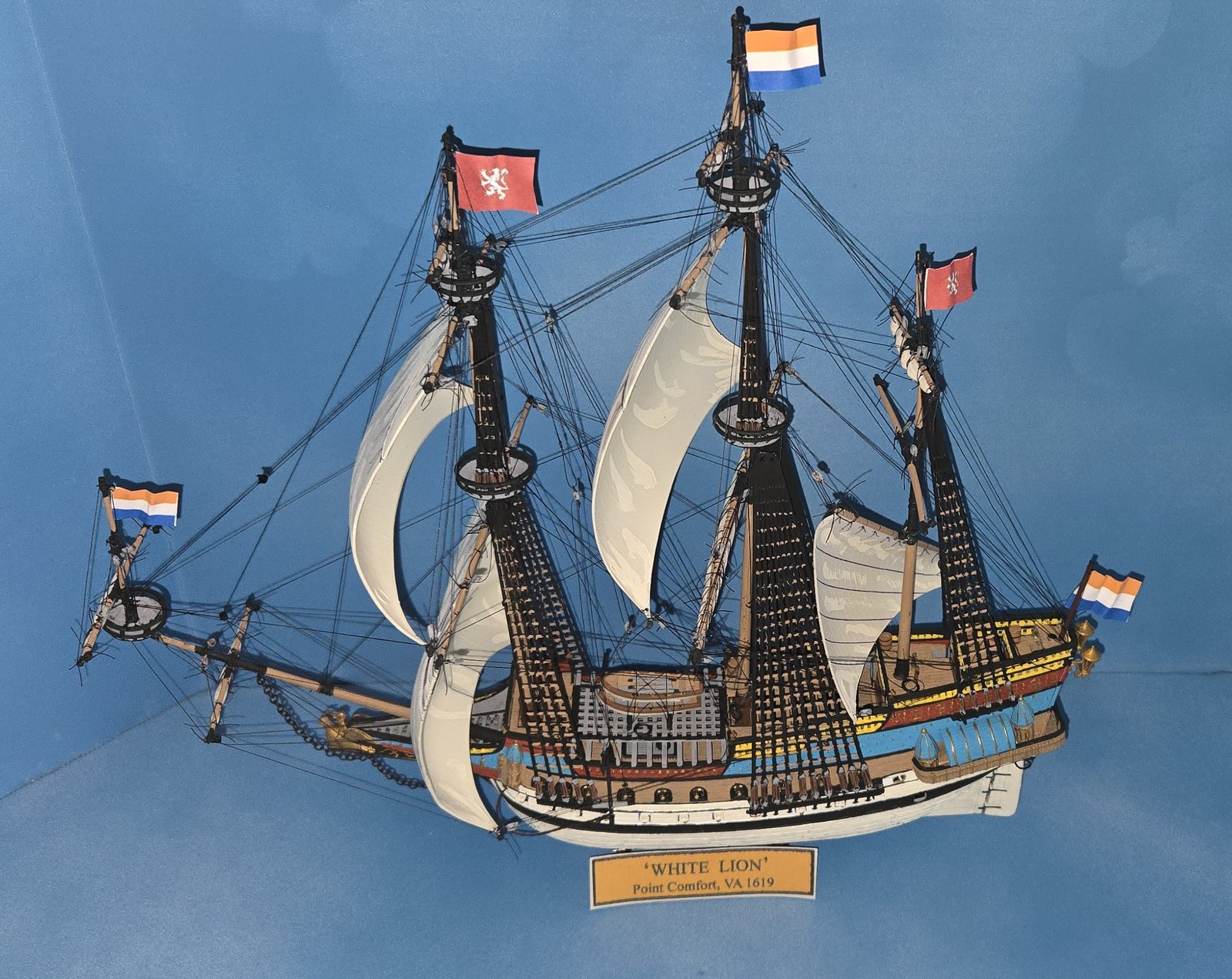The year 1619: The White Lion, a Dutch warship-turned-slave trader, lurched into Virginia’s Jamestown with 20 enslaved Africans, marking the birth of chattel slavery in America. Four centuries later, storm-weathered sailor Jada Smith stands at the helm of the Windwalker, a 70-foot replica of a 17th-century galley, her ancestors’ names inked on her forearm. “They didn’t just steal bodies—they stole our stories,” she says, fingering a tattered copy of The African Pilot, a 1670 navigation manual written by enslaved Africans. Her mission: replicate the 55-day crossing of the “Middle Passage,” battling the harmattan winds that carried slave ships westward, and reclaim the navigational genius of her forebears.
Deadly Passage: Cape Coast to Salvador (2,500 nm)
Leg 1: Cape Coast (Ghana) → Fernando Po (Equatorial Guinea) (1,200 nm / 12 Days)
Jada’s crew—historians, sailors, and descendants of enslaved navigators—begin at Ghana’s Cape Coast Castle, where 18th-century dungeons still echo with screams. They load the Windwalker with “loose packing”—1 crew member per 3.5 square feet, mirroring the 17th-century practice of cramming captives like cargo. “It’s not reenactment; it’s reckoning,” says historian Dr. Kwame Nkrumah, measuring oxygen levels with a 17th-century bellows pump. Near the equator, they conduct hypoxia experiments, recording how 12-hour shifts in 90% humidity reduce cognitive function by 40%—a fraction of what enslaved Africans endured.
At night, Jada uses a brass astrolabe, its surface etched with Yoruba constellations, to track the Dog Star, Sirius—key to ancient African navigation. “European logs erased our knowledge,” she says, cross-referencing with a modern app that maps historical wind patterns. “But the stars remember.”
Leg 2: Fernando Po → Salvador (Brazil) (1,300 nm / 13 Days)
As the harmattan winds intensify, the crew races against the timeline of the 1741 Lydia mutiny, where enslaved Africans revolted after 57 days at sea. Jada’s strategy: use historical monsoon models from Brown University’s Slave Trade Meteorology Project, which reveal that ships sailing before December faced 30% higher revolt risks due to prolonged suffering.
Near the Gulf of Guinea, they encounter a squall mirroring the 1640 storm that sank the San Juan Bautista, carrying 300 captives. “This is why they called it the ‘Deadly Wind,’” shouts first mate Marisol Rivera, battling 40-knot gusts. Yet the crew’s resolve hardens—each hour at the helm is a silent tribute to those who never made landfall.
Weekend Wind Sprint: Dakar (Senegal) → Goree Island (500 nm / 5 Days)
For those seeking a condensed experience, the Dakar-to-Goree leg offers a poignant journey. At the equator, the crew gathers on deck, reading aloud names of captives from the White Lion: Anta, Kwasi, Adjoa. Jada releases a bottle containing soil from Ghana, Brazil, and Virginia, its label inscribed: “We carry you home.”
In Goree Island’s “Door of No Return,” they meet Mama Yacine, a griot (oral historian) who sings a 400-year-old 航海歌,its rhythm matching the harmattan’s cadence. “Our ancestors used wind chants to predict storms,” she whispers. “You sail not just with charts, but with their breath in your sails.”
Technical Legacy
- Navigation Revival: The Windwalker uses a hybrid system: 17th-century kota (wooden wind compasses) paired with AI that translates Yoruba star maps into modern coordinates.
- Meteorological Research: Brown University’s project links historical slave ship logs to modern climate models, revealing how the harmattan has weakened by 15% since 1800 due to global warming.
- Survival Science: Hypoxia data from the voyage informs ergonomic designs for modern sailors, a bitter irony Jada finds fitting: “Their pain teaches us to survive—just as they did.”
Actionable Resources
- Slave Trade Meteorology Project (Brown.edu/slavery-winds): Contribute to mapping historical wind patterns and their impact on slave voyages.
- Cape Coast Sailing Academy (CapeCoastSailing.edu): Train in “ancestral navigation,” learning to read stars through the lens of African traditions.
- Windwalker Expeditions (Windwalker.org): Join Jada’s annual race, where participants earn the “Monsoon Rider” badge—engraved with a 17th-century kota—and contribute to reparations initiatives.
Legacy of the Wind
As the Windwalker docks in Salvador, Jada places a rusted shackle—recovered from a 1650 shipwreck—on the city’s slave memorial. “The harmattan carried them away,” she says, “but today, it carries their stories back.” For sailors brave enough to ride these winds, the journey is more than a race; it’s a promise: We will remember how you navigated hell—and how you taught the world to sail.

